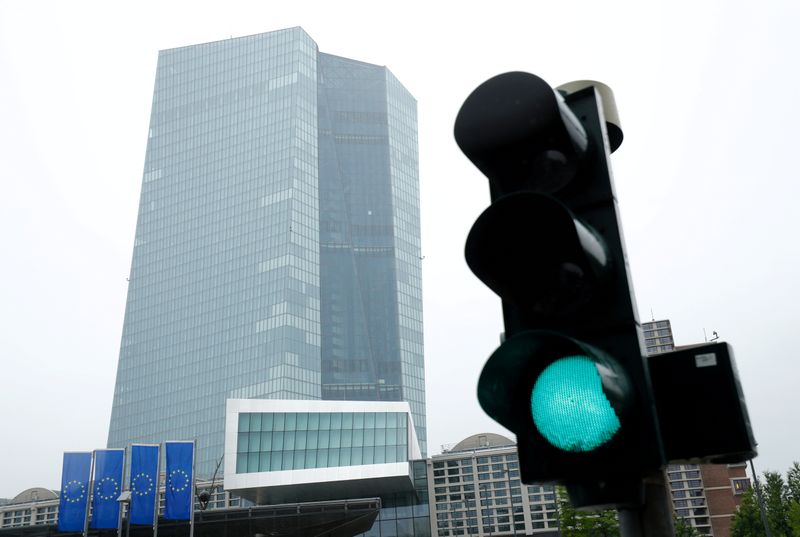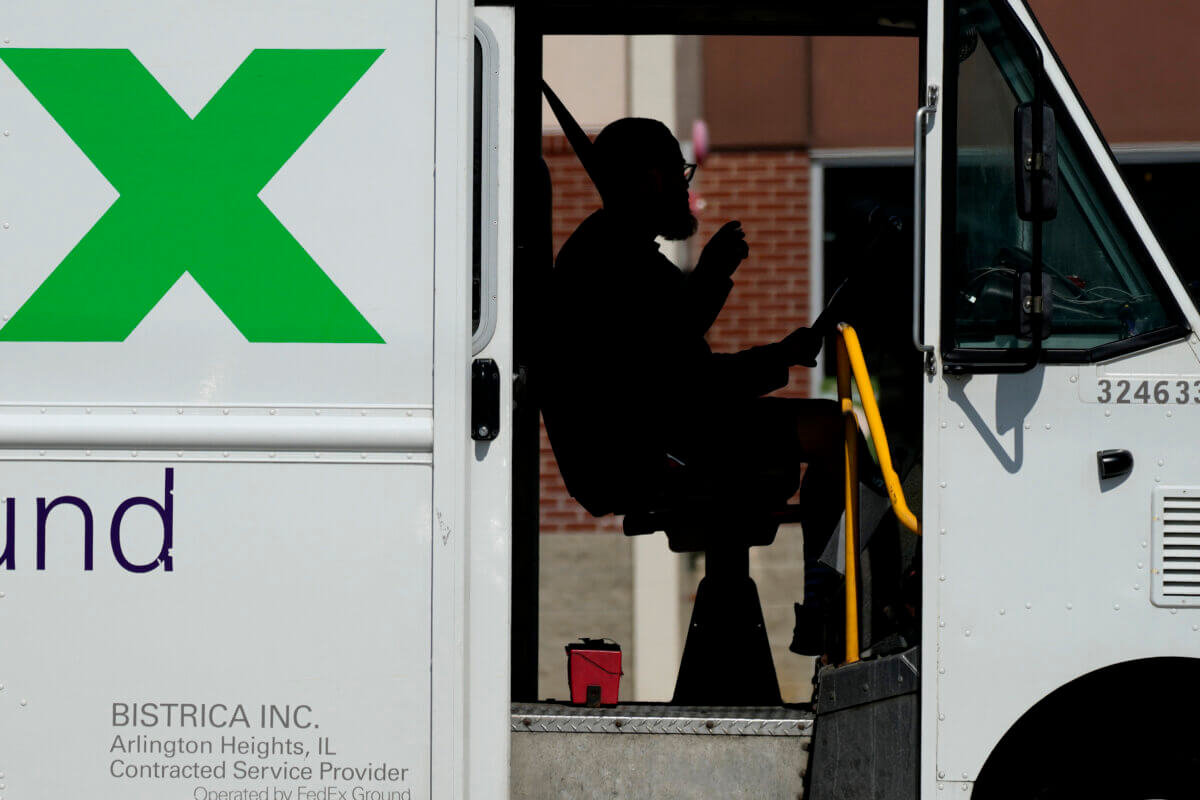LONDON (Reuters) – The European Central Bank meets on Thursday, and financial markets are keen to get a sense of just how close it is to delivering another round of stimulus.
Europe is in the midst of a second wave of the coronavirus pandemic and the restrictions on movement that this has entailed; the extent of the hit to economic activity and anemic inflation are yet to be fully seen.
While the ECB is expected to stay its hand, investors want to know how likely it may be to moving in December. Here are five key questions on their radar.
1. Will the ECB flag a December move?
Having agreed to buy up to 1.35 trillion euros ($1.60 trillion) of debt through mid-2021 under an emergency purchase scheme, the ECB doesn’t need to act quickly. But pressure is building, and the ECB will be likely be pressed on its commitment to bigger and longer debt buying.
Many banks expect an expansion and extension of the Pandemic Emergency Purchase Programme (PEPP) in December, alongside latest ECB forecasts.
“We see the October meeting as a milestone on the road to a big easing package, and we are all looking at how clear and firm the guidance is for December,” said Jacob Nell, head of European economics at Morgan Stanley.
Graphic: The ECB’s balance sheet – https://fingfx.thomsonreuters.com/gfx/mkt/yzdpxaaoxvx/ECBQ51OCT.PNG
2. How much is economic activity deviating from the ECB’s outlook?
The ECB’s projection that the economy will return to pre-crisis levels by the end of 2022 is now at risk, says ECB board member Fabio Panetta.
As a second wave of COVID-19 strikes, nearly 90% of economists polled by Reuters believe there is a high risk that a nascent economic recovery will be halted. IHS Markit’s flash euro zone Composite Purchasing Managers’ Index shows economic activity slipped back into decline in October.
Bickering among EU leaders that delays the recovery fund to help countries hit hardest by the pandemic is also a concern.
“At the moment the ECB is not forecasting negative growth in Q4. If they adjust their outlook or say there is more downside risk, that would be a sign they are preparing for more action,” said David Arnaud, a senior fund manager at Canada Life Asset Management.
Graphic: Economic surprises and COVID-19 – https://fingfx.thomsonreuters.com/gfx/mkt/ygdpznnynpw/ECB52OCT.PNG
3. What about signs of disunity on the Governing Council?
Differing views among policymakers on whether to continue a wait-and-see approach are another reason why caution will likely prevail this week.
Panetta and Rehn, alongside Spain’s central bank head Pablo Hernández de Cos and to a lesser extent ECB Chief Economist Philip Lane have made the case for further stimulus. On the other hand, ECB Vice President Luis de Guindos, Bundesbank President Jens Weidmann, Klaas Knot from the Netherlands and France’s Francois Villeroy de Galhau have made the case for waiting.
Graphic: The ECB’s QE policy – https://fingfx.thomsonreuters.com/gfx/mkt/gjnpwllebvw/ECB53OCT.PNG
4. Could the ECB spell out its plans for the inflation target as part of its strategy review?
The ECB, which has undershot its near 2% inflation target for almost a decade, is expected to refine its goal late this year or in early 2021 as part of the review.
Lagarde is likely to be questioned on this but unlikely to give too much away until a consensus is formed.
Some officials such as France’s Villeroy suggest the ECB accepts inflation moving above 2% for some time – a variation on the Federal Reserve’s new goal of a 2% inflation rate on average over an unspecified period.
Graphic: The ECB’s inflation woes – https://fingfx.thomsonreuters.com/gfx/mkt/azgvojjmypd/ECB54OCT.PNG
5. Surely the ECB can take comfort in recent market moves?
True. Since the September meeting, borrowing costs have tumbled as stimulus expectations build – Italian yields are near record lows <IT10YT=RR>. That’s good news for the ECB, as is a softening in the euro from recent highs around $1.20 <EUR=EBS>.
These markets will still be watched closely – a surge in borrowing costs in March helped trigger the PEPP. And recent ECB commentary on the euro highlights concern that currency strength will undermine inflation goals.
Graphic: Euro zone markets during the coronavirus crisis – https://fingfx.thomsonreuters.com/gfx/mkt/oakpennzyvr/ECB55OCT.PNG
(Reporting by Dhara Ranasinghe; Additional reporting by Saikat Chatterjee and Karin Strohecker; Graphics by Ritvik Carvalho; Editing by Karin Strohecker and Hugh Lawson)



















